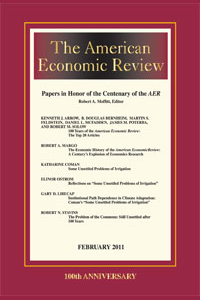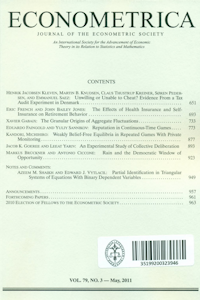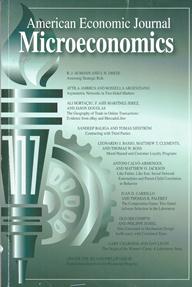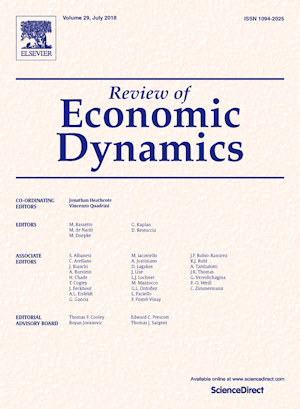
Horrell, S. & Humphries, J.
Children's work and wages in Britain, 1280-1860
Explorations in Economic History
(2019)
Abstract: Child labour remains a global problem in the world today. According to both UNICEF and the ILO, in 2013, an estimated 168 million children aged 5–17 were employed in work that deprived them of childhood, interfered with schooling and was mentally, physically, socially and morally dangerous. Historians have sought to deepen understanding of the persistence of child employment by exploring its extent, causes and consequences in different times and places (Lavalette, 1999, Leiten and van Nederveen Meerkerk, 2011). But while children historically have been identified as key workers in the transition to the factory system (Tuttle, 1999, Honeyman, 2007, Humphries, 2010), as major contributors to family incomes (Horrell and Humphries, 1995, Boter, 2018), and as longstanding sources of labour in both agriculture and protoindustry (Claridge and Langdon, 2017, Horrell and Humphries, 1995), and while some historians have argued that in these roles they contributed to the macro economy, child workers rarely appeared in mainstream accounts of growth. Until recently, blinkered and biased as such a perspective is, child workers were viewed as peripheral and unimportant. This is changing. Children have been pulled from the wings of economic history not by the growing volume of empirical evidence on their economic roles but by the emergence of new grand narratives, such as the Industrious Revolution, the North European Marriage Pattern, the High Wage Economy and Unified Growth Theory. In these theories children serendipitously have star parts.
Author links:
Publisher's Link: http://dx.doi.org/10.1016/j.eeh.2019.04.001 ![]()




